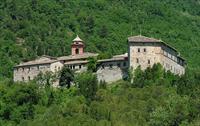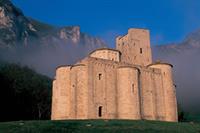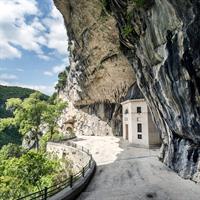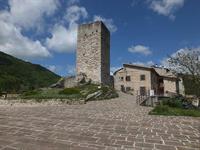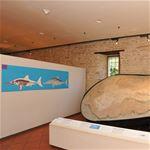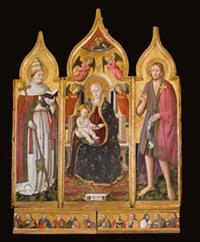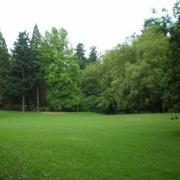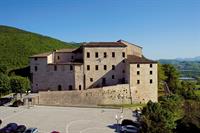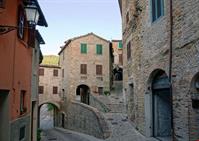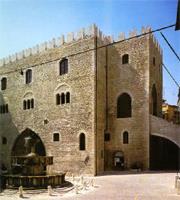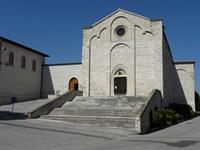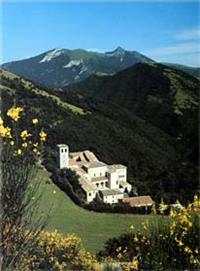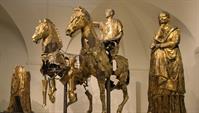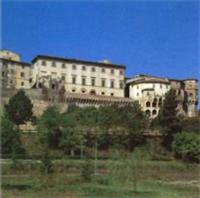PIEROSARA
Pierosara
is a small village within the administrative boundary of Genga with a
population of 80. It stands on a hill 394 m above sea level against the
stunning backdrop of the Gola della Rossa and Frasassi Regional Park.
Info Point
Address Località Pierosara, Genga AN
Phone +39 0732 90090
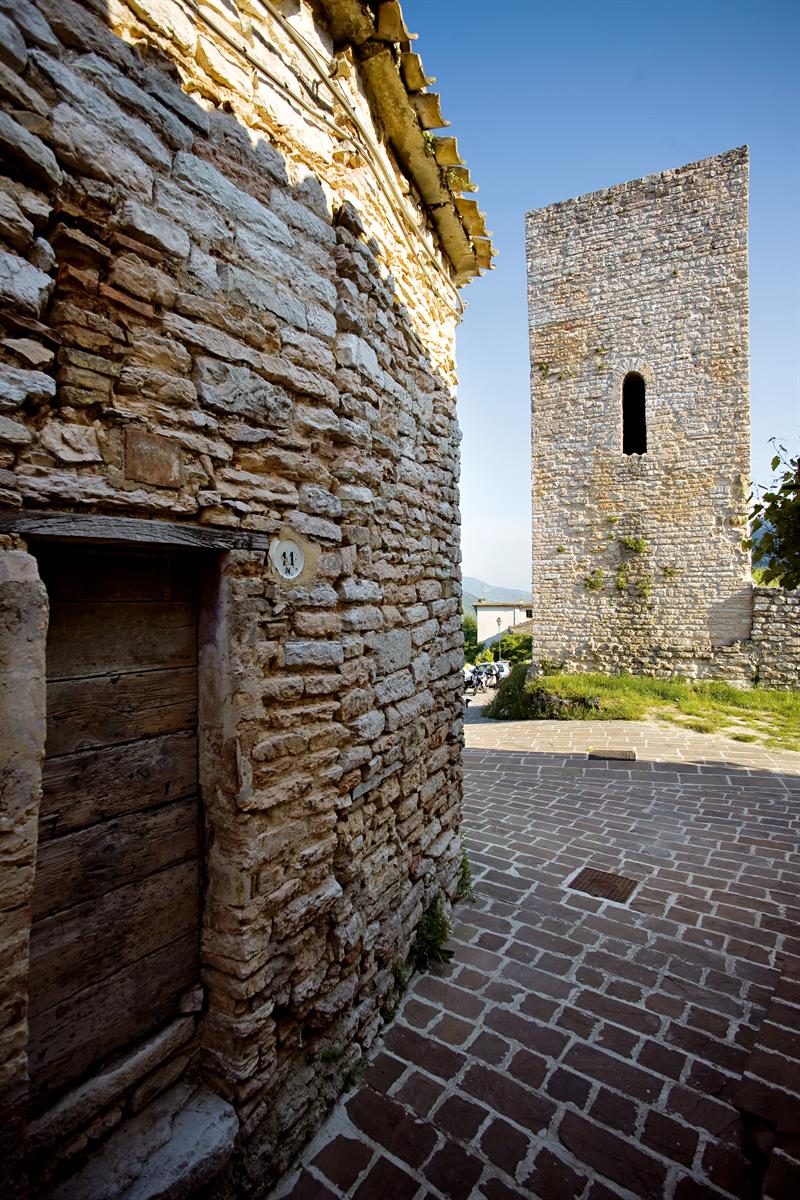
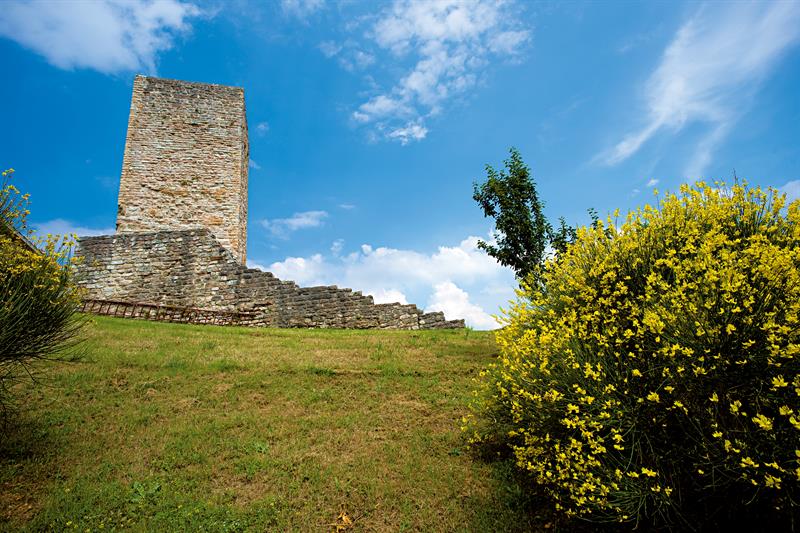
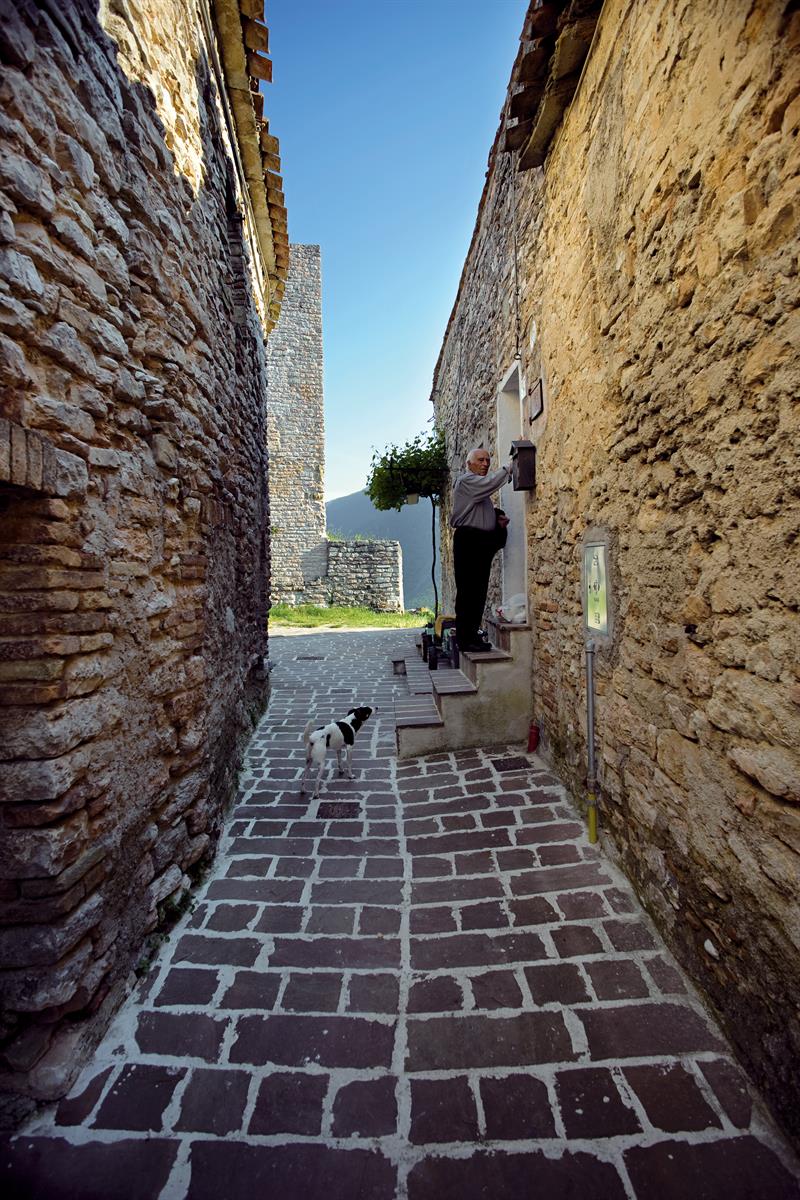
Castrum Petrosum
Not
much is known about the origins of the ancient site, whose name evolved from
the Latin Castrum Petrosum and later from Castello or Castel Petrosum. Given
its strategic position atop a hill overlooking the two gorges of Frasassi and
Gola della Rossa, from where it was easy to monitor the valleys of the Sentino
and the Esino rivers, one possibility is that it was the inhabitants of
Tuficum, one of the four Roman cities of the upper Esino valley, who built the
first defensive and lookout structures.
After
Roman colonisation and the dark period of Barbarian invasions, the Lombards
constituted the Duchy of Spoleto. The walled town (castrum) of Pierosara was a
key centre along its border. The first known record of it is an imperial
charter issued by Holy Roman Emperor Otto II, dated 3 February 981, granting
the castrum feudal sovereignty over an expanse of surrounding territory
including Fabriano. After their conversion to Christianity, the Lombard feudal
lords encouraged the settlement of Benedictines and the development of abbeys,
even before the year 1000. The feudal lords of ancient Pierosara, who followed
Lombard law until the 12th century, relied on the Church, specifically the
abbots of San Vittore alle Chiuse. This allowed them to stay independent and
retain privileges up to the period of communal Italy. No longer able to resist
the now flourishing comune of Fabriano, the abbey of San Vittore agreed to
place Pierosara under the city’s dominion in 1212, for the sake of peaceful
coexistence. Clearly interested Pierosara’s strategic position, Fabriano
finally bought the castrum in 1298 and, in the following centuries, carefully
conserved the walls, the feudal lords’ palatium, and the tower.
The
subsequent decline in the comune’s power significantly weakened its social and
economic structure. Yet Pierosara remained independent until the start of the
Kingdom of Italy. Proof of this is the fact that the town continued to use its
own seal: a Latin cross above a horizontal line and below it the inscribed
initials S.P.S. – Sebastianus Patronus Sanctus. The statutes of Pierosara were
ratified every three years by the Fabriano magistracy and the town was governed
by the Capoquattro, a body of four men selected by draw every two months.
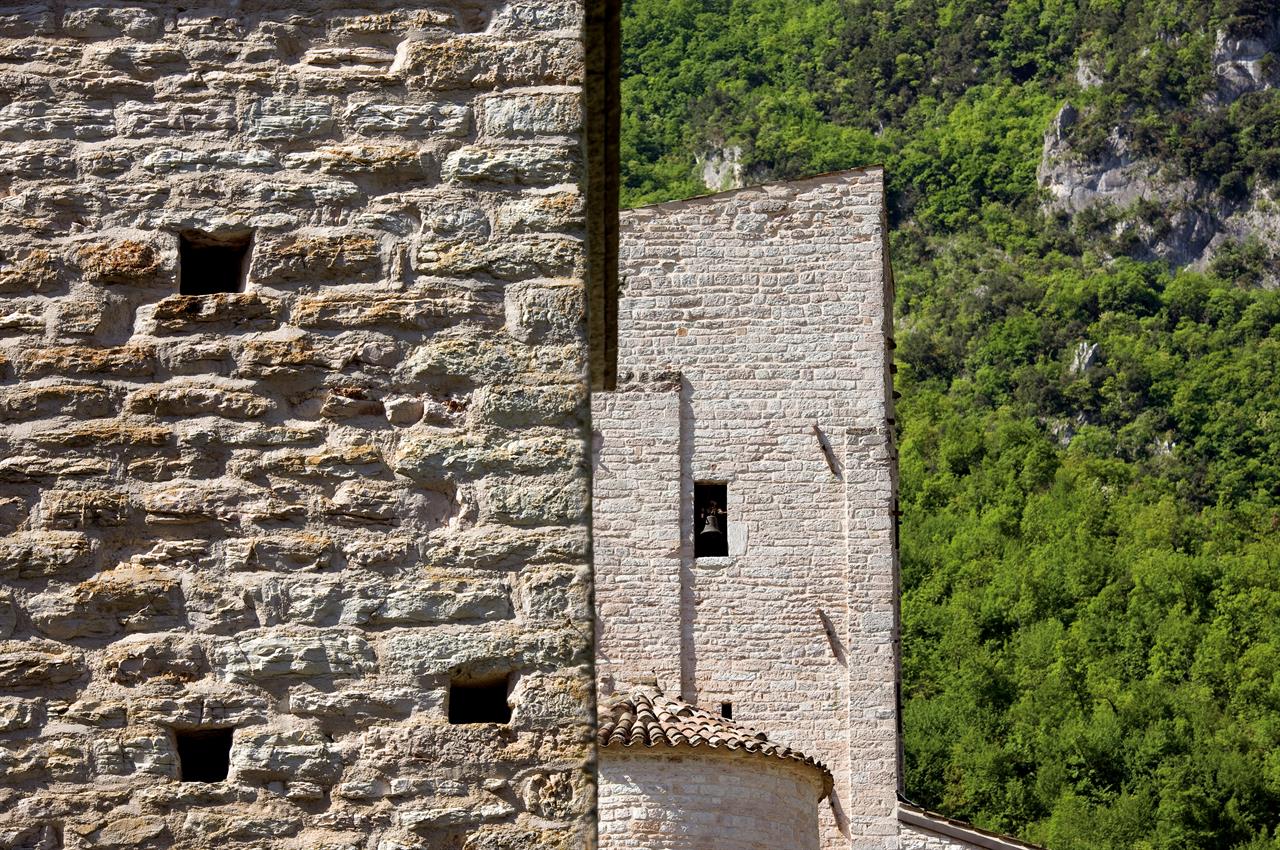
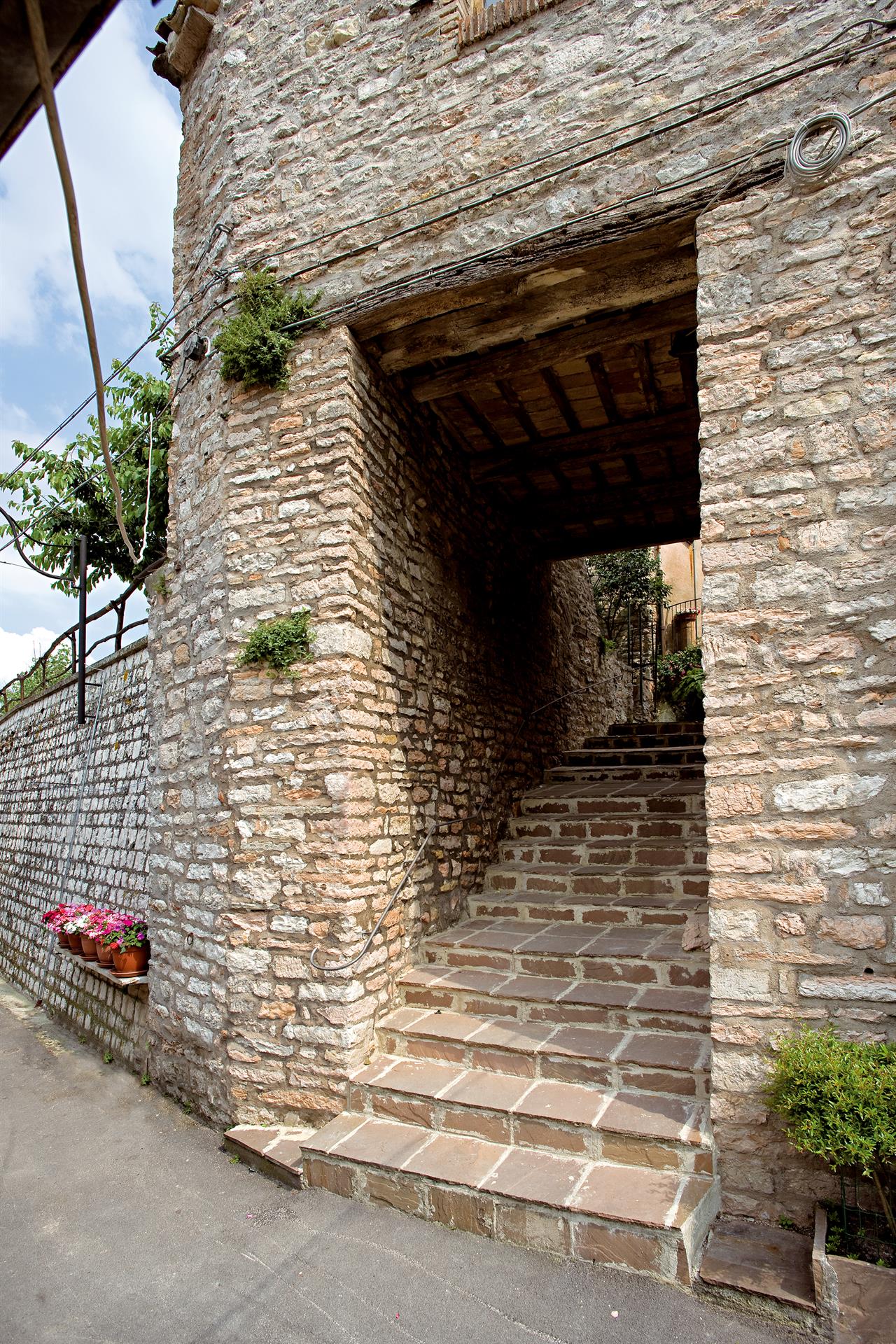
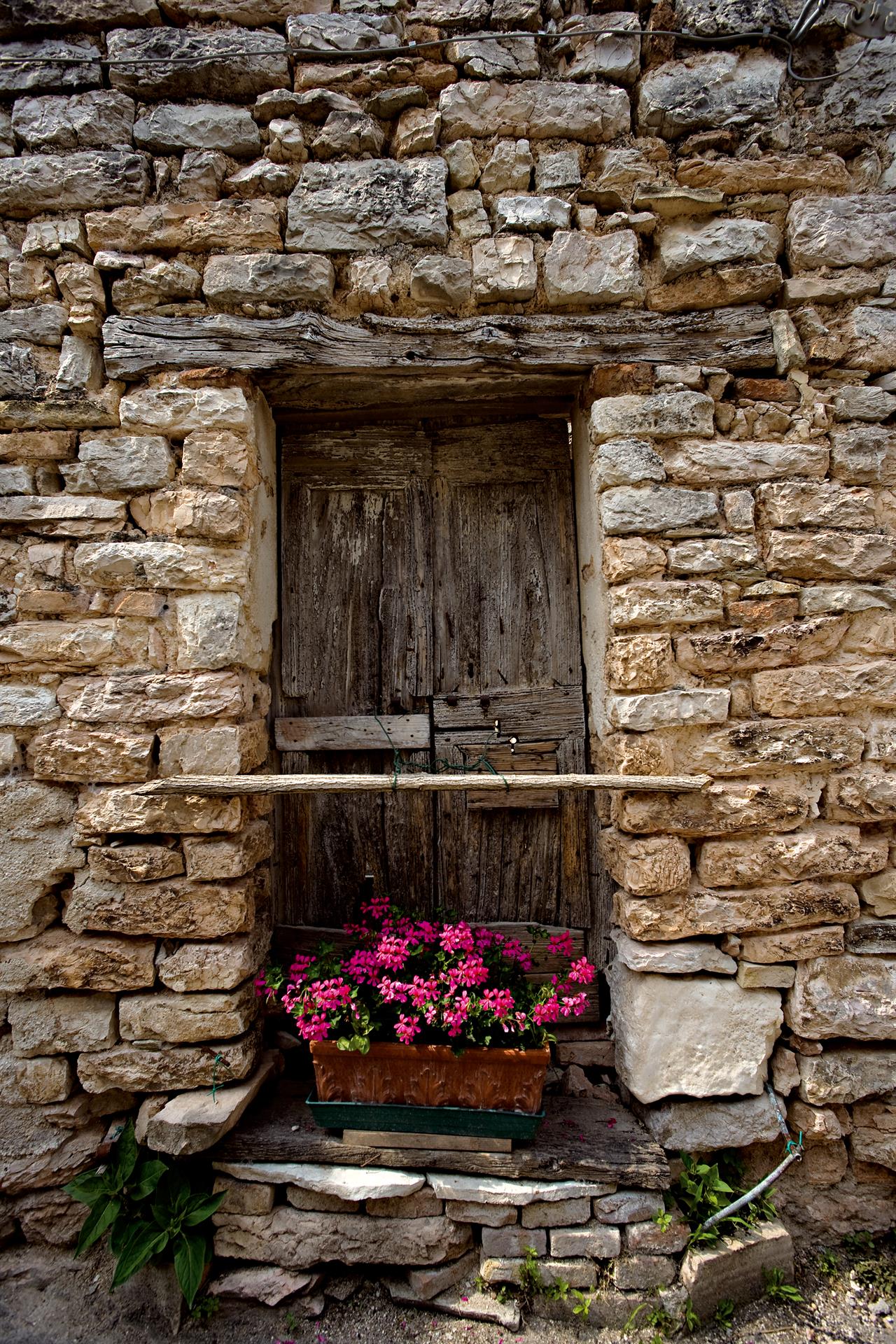
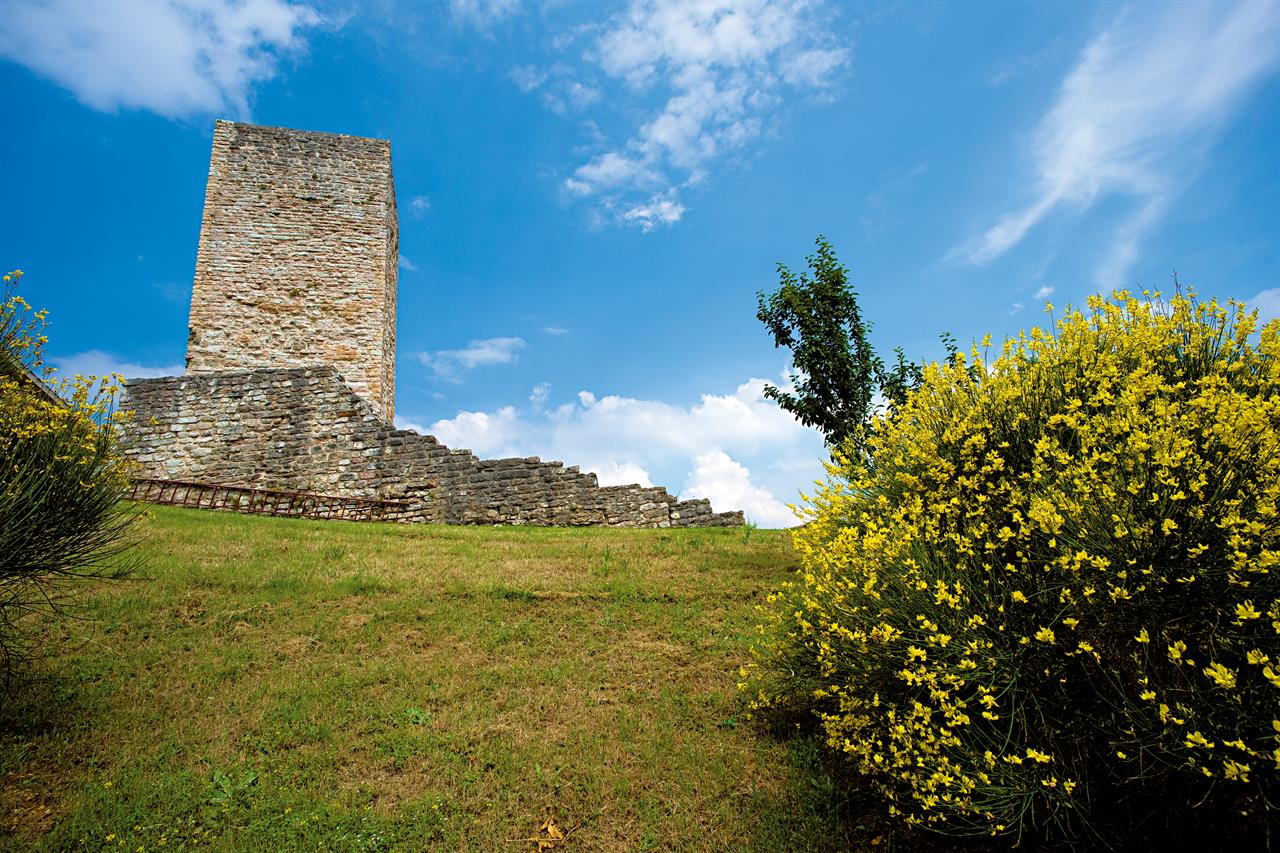
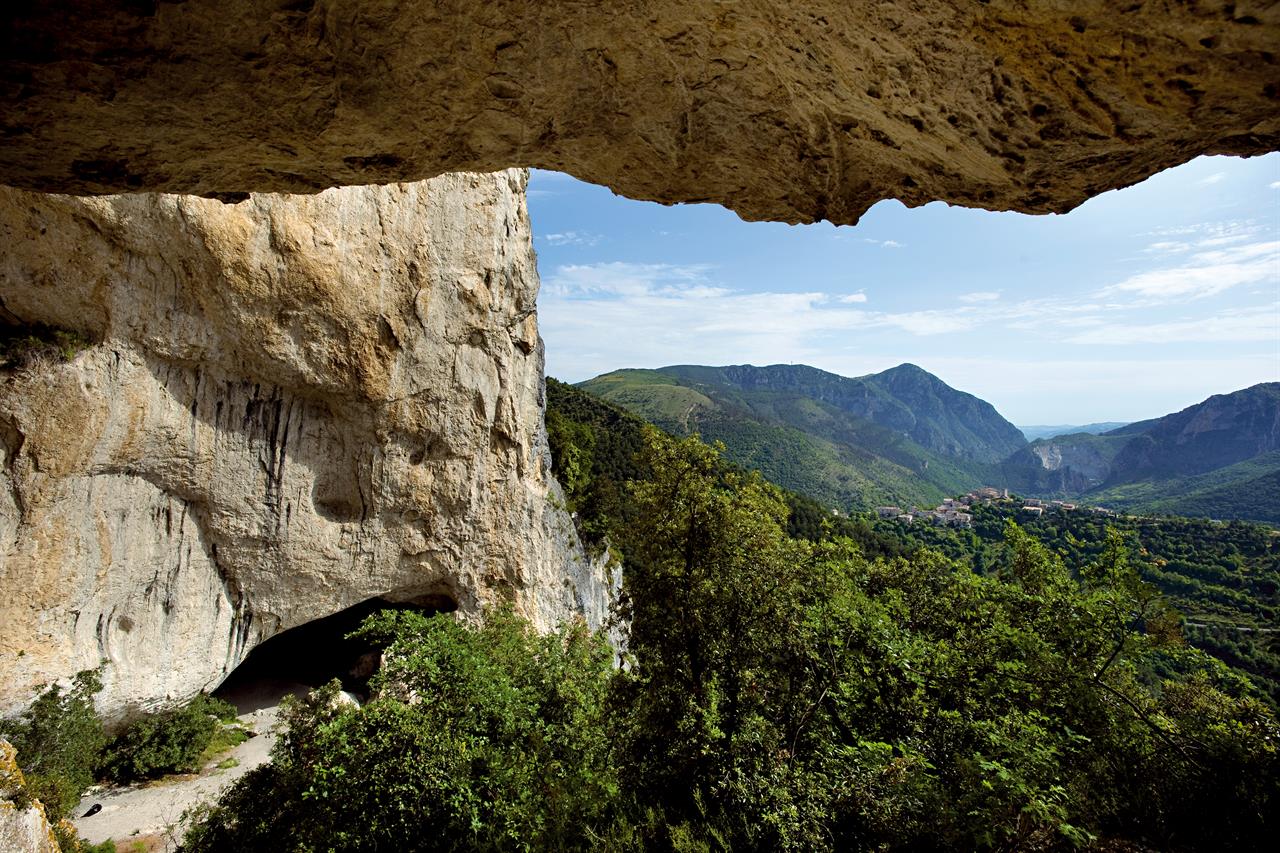
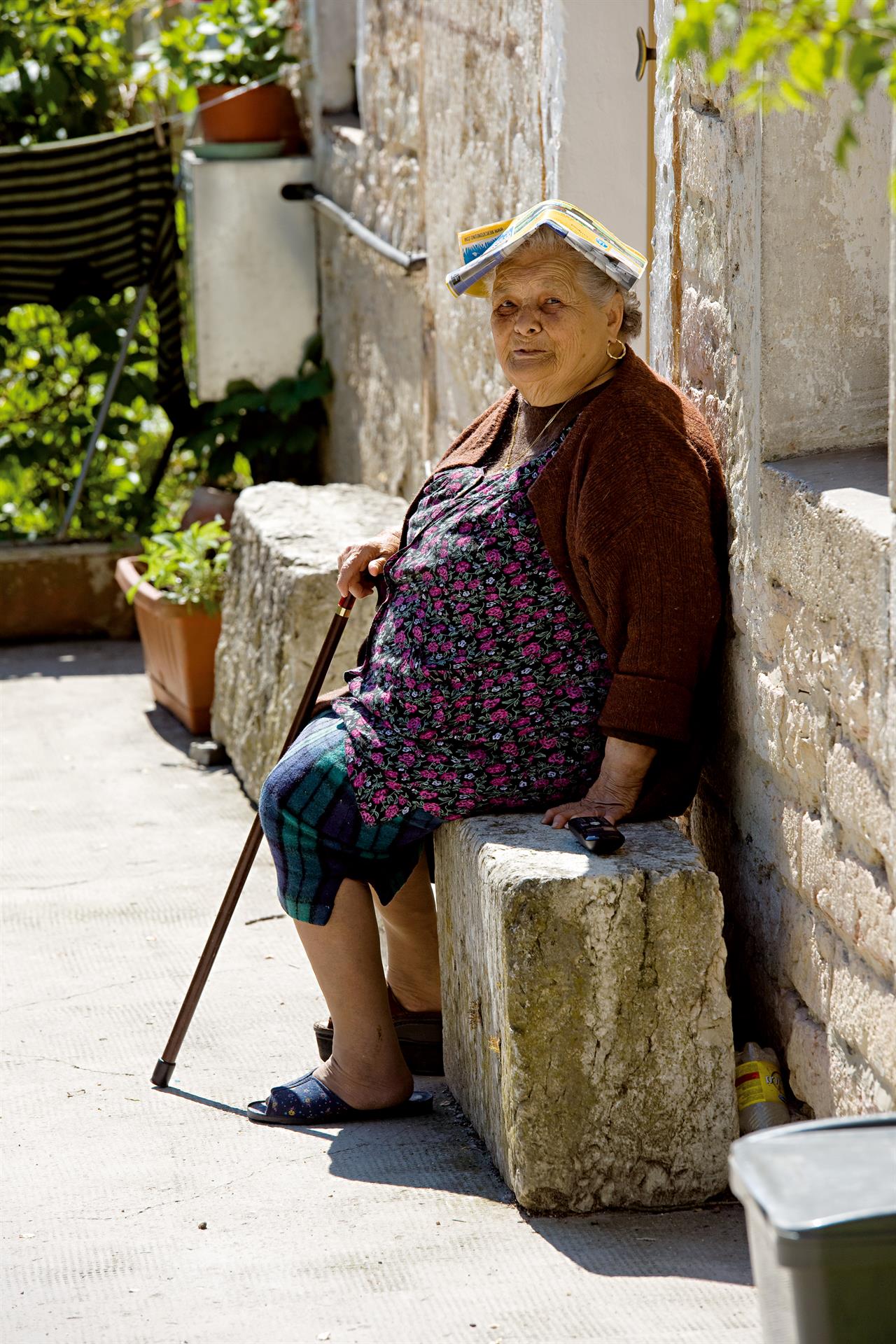
The
legend goes that the Count of Rovellone, feudal lord of Rotorscio Castle, met a
girl named Sara who lived in Castel Petroso. Charmed by the young woman’s
beauty, he fell in love with her. But as Sara was betrothed to Piero, another
townsman, Rovellone resolved to kidnap her. So, one night, the feudal lord
entered the town to put his plan into action. Noticing that something was
afoot, the townspeople locked all the entry gates to prevent the worst from
happening and launched a fierce battle against the knights in Count Rovellone’s
entourage. As the battle raged and the count could see the inevitability of his
surrender, he killed the beautiful Sara as he held her in his arms. Piero
rushed at the murderer. Brandishing an axe, the count struck the unlucky young
man, who fell dying near his beloved. He embraced her for the final time, then
breathed his last beside her. In memory of this sad event, from that day on,
Castel Petroso became Pierosara.
Services
 Disabled access
Disabled access Parking outside
Parking outside Pets Allowed
Pets Allowed